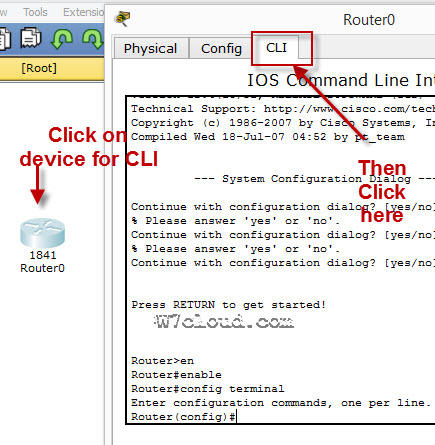
You get to see the IP addresses, interfaces, passwords (that are in clear text), routing protocols and other settings. All this great information is available with a single IOS command. With this command, you get to see the router's entire active configuration. Probably the most useful of all the Cisco show commands is show running-config. This command can be abbreviated sh ip int brie.Īnd the #1 most important command that every Cisco network administrator should know is. This command can be used in both User EXEC and Privileged EXEC mode. Sometimes you want precise, specific information to answer the questions: Is the interface up? What are the IP addresses assigned to the interfaces? The show IP interface brief command gives you the answers to these questions and is the best summary of the status, protocol and IP addresses of your interfaces. We mentioned that the show interfaces command gives you a lot of useful information about all your router’s interfaces. This command can be abbreviated sh ip ro. This command can be used in both User-EXEC and Privileged EXEC mode. The show IP route command displays every known connected and destination network, the method used to learn about these networks, the next-hop IP address and the local interface used to get to each known destination network. Once you know that your interfaces are up and you have saved your configuration, you want to verify that your router has convergence, which means that your router has accurate information about network reachability. Routers learn about networks, either statically or dynamically, and save the best path to those networks in their routing table.

This command can only be used in Privileged EXEC mode.Ī shortcut for this command is wr (which is short for write memory). By copying the configuration into flash, it will be saved when the router is powered off and restarted. This command copies the active running config in RAM that you have modified to the startup config in flash memory. Once you make changes to the router’s configuration, it’s important to remember to save those changes. IOS command #4: Copy running-config startup-config This command can be abbreviated as sh int. You may have to pick through that output to find what you are looking for just about everything to do with interfaces is shown in the output from this command, for example interface type, speed, IP address, and errors on the interface. The show interfaces command is a very verbose command that provides a lot of output. It’s important to know what type of interfaces are on your router, important statistics about those interfaces and whether they are up or down. We’ll start the list at #5 and move to #1.

If you’re an experienced administrator, you may enjoy a refresher on a few of these commands.

If you are new to Cisco networking, these are great commands to memorize. Consider adding these commands to your Cisco commands cheat sheet so you can reference them when you’re working on your Cisco router. These are useful commands that can be implemented on a Cisco router to quickly gather important information and save changes. There are 5 fundamental Cisco commands that every Cisco network administrator should know.


 0 kommentar(er)
0 kommentar(er)
